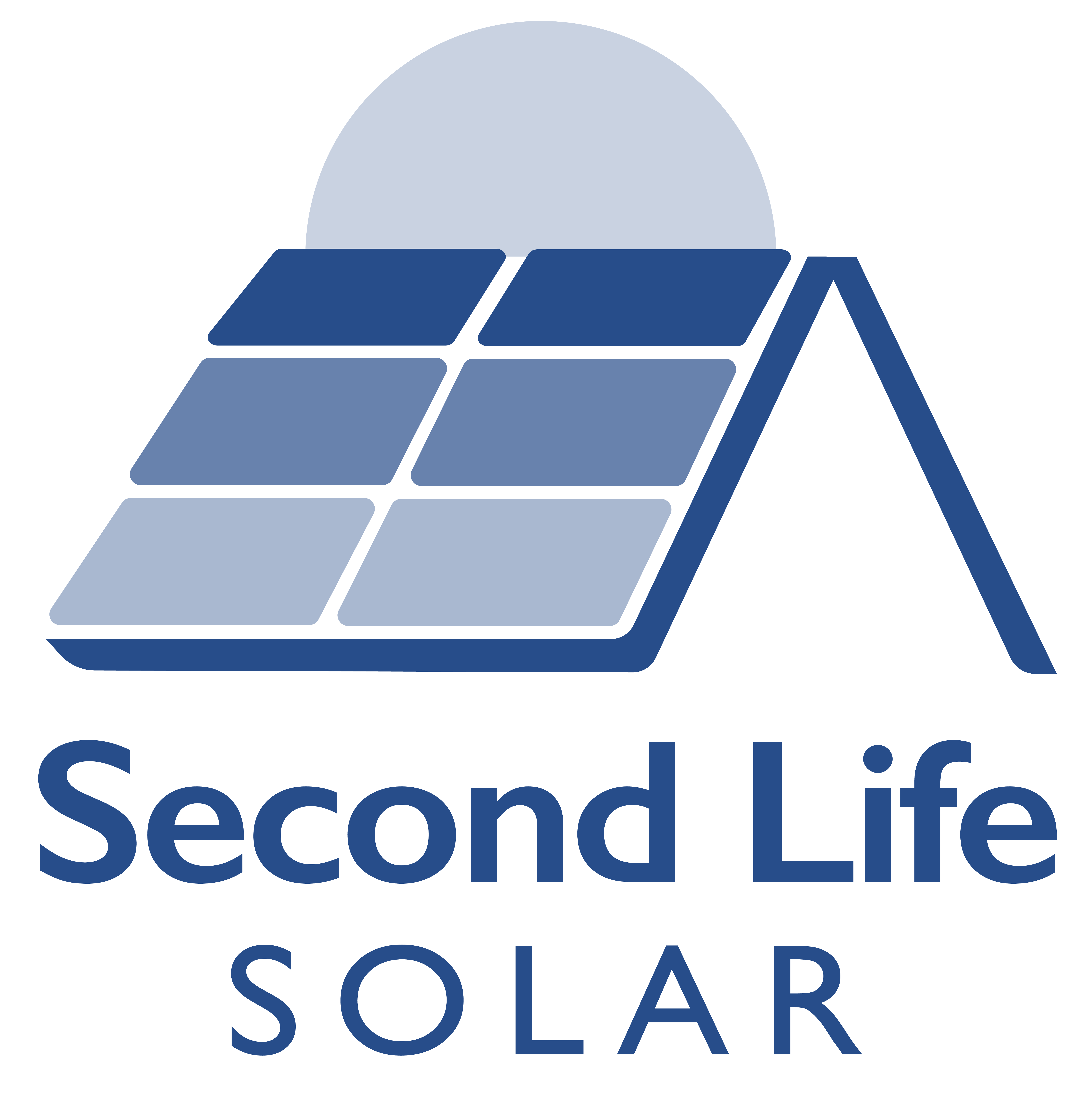When investing in solar energy, one of the first questions you’ll likely ask is, “How long do solar panels last?” It’s a fair question—solar panels are a significant investment, so understanding their longevity is essential for planning your energy needs and return on investment.
The good news is that modern solar panel technology is designed for durability and efficiency over the long term.
What Is the Average Lifespan of Solar Panels?
Most solar panels have a solar panel lifespan of 25 to 30 years, which is generally considered their productive lifetime. However, this doesn’t mean they stop working entirely after this period. Instead, their efficiency begins to decrease gradually due to something called the degradation rate.
The National Renewable Energy Laboratory (NREL) reports that most panels degrade at an average rate of about 0.5% per year. This means that even after 25 years, your panels can still produce about 87.5% of their original energy production. High-quality panels with lower degradation rates can perform even better over time, with some continuing to generate significant power for up to 40 years.
Factors That Impact Solar Panel Lifespan
While the lifespan of your solar panels is generally reliable, a few factors can influence how long they remain effective:
Even though solar panels are typically warrantied for 25 to 30 years, they don’t simply stop working after this period. Instead, their efficiency may drop below what’s considered optimal for your energy needs. Panels that were producing 100% of their capacity at installation may produce around 70-80% after three decades. This drop in efficiency depends on the degradation rate of your specific panels.
To maximise the long-term performance of your solar panels, consider the following tips:
Different types of panels have slightly varying longevity:
Even after 30 years, your panels may still generate enough energy to offset a portion of your energy production needs. However, if efficiency drops too low, replacing them can be a smart choice. Advances in solar panel technology mean newer systems are often more efficient and capable of producing more power than older models.
Additionally, many homeowners and businesses upgrade their systems to take advantage of newer features, such as dc coupled batteries or improved inverters. These upgrades not only improve system performance but also help to further reduce reliance on the grid.
Modern solar panels are built to withstand harsh conditions, including heavy rain, snow, and even hail. Many manufacturers test their panels under extreme conditions to ensure durability, and some offer warranties against damage from environmental factors. However, it’s essential to check the warranty terms with your solar panel manufacturer to understand what’s covered.
One of the biggest advantages of solar energy is its long-lasting nature. Even with an upfront cost, the savings on energy bills over time make solar a smart investment. By the time your panels reach their end of life, they’ll likely have paid for themselves several times over.
So, how long do solar panels last? The answer depends on various factors, but with proper care, most systems can provide reliable solar energy for 25 to 30 years or even longer. By choosing high-quality panels, working with professional solar panel installers, and maintaining your system, you can ensure maximum performance and longevity.
If you’re considering solar, Second Life Solar is here to help. We specialise in high-quality second-hand panels that are both cost-effective and environmentally friendly. Our panels are built to last, ensuring you get the most out of your investment while contributing to a sustainable future. Contact us today to learn more!

At Second Life Solar, we specialise in supplying used solar panels to buyers worldwide.
© All Rights Reserved.